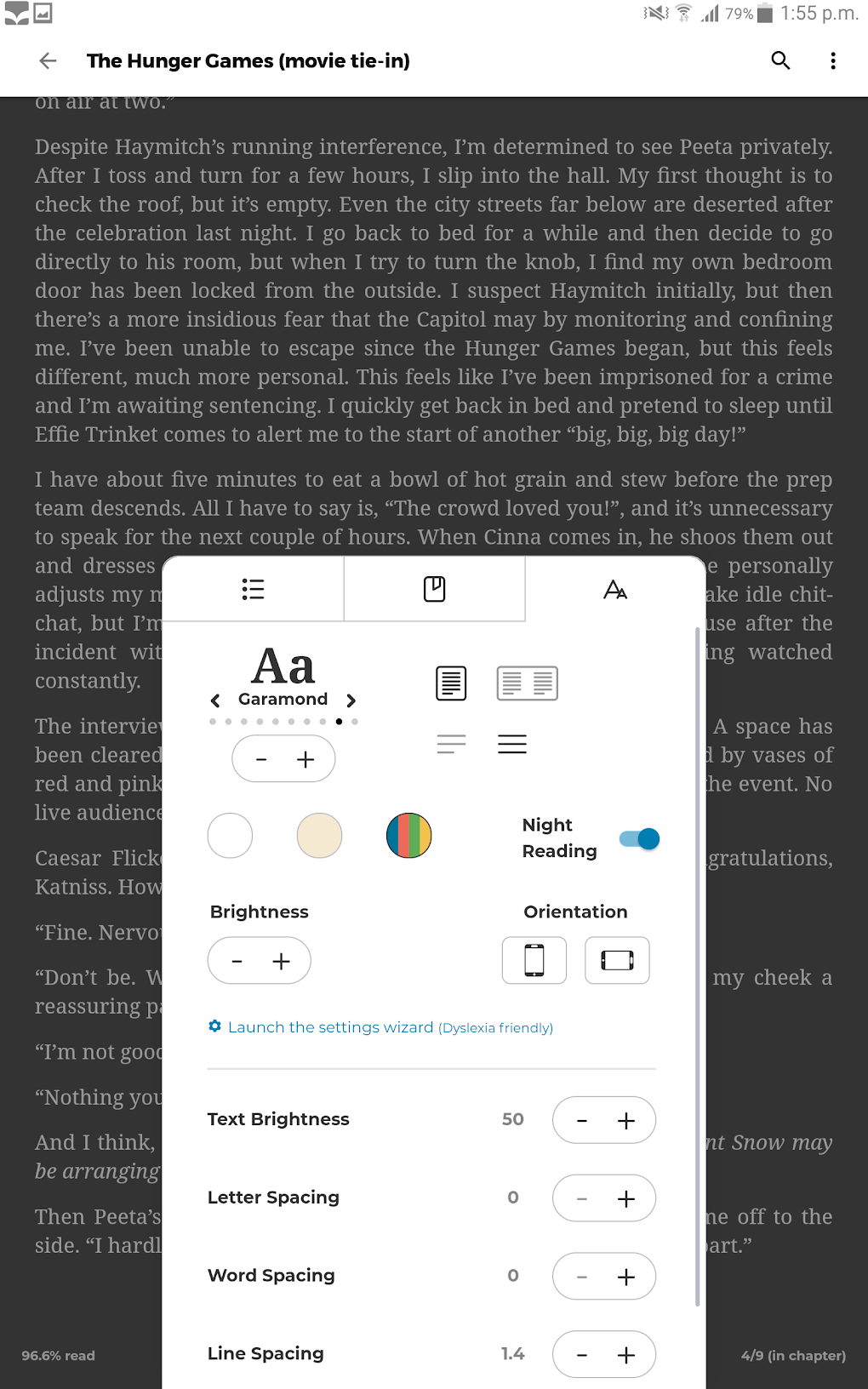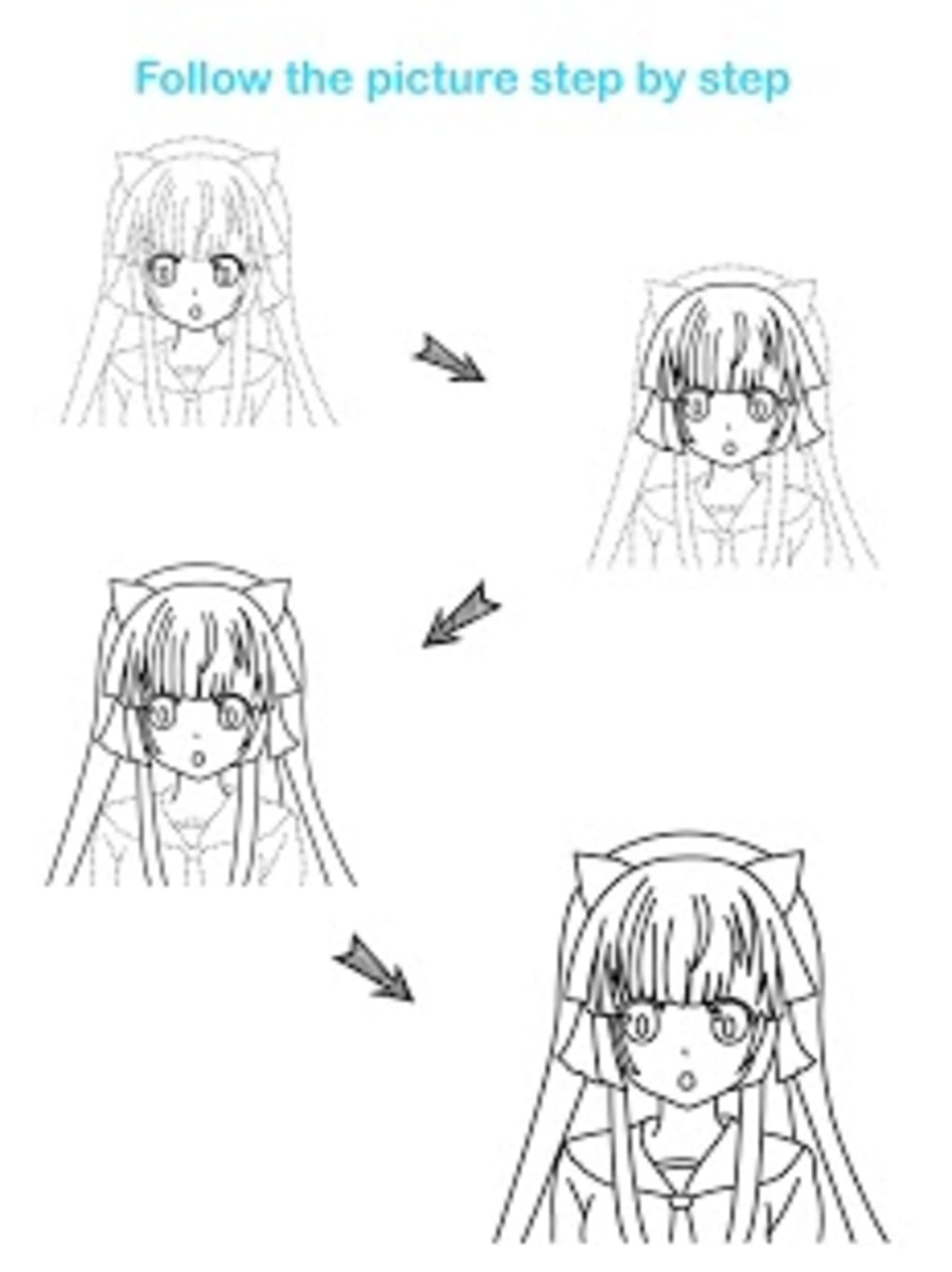In today's fast-paced digital world, is it possible to manage and control your devices from anywhere, at any time, using a simple handheld device? The answer is a resounding yes, thanks to the transformative power of the remote IoT platform Android.
The evolution of technology has paved the way for the Internet of Things (IoT), a network of interconnected devices that communicate and exchange data. With the widespread adoption of Android smartphones and tablets, businesses and individuals are increasingly leveraging this platform for remote management and control of IoT devices. This convergence offers unprecedented opportunities to enhance connectivity, streamline operations, and boost overall efficiency across various sectors.
Imagine a scenario where you can remotely monitor your home security system, adjust your thermostat, or receive real-time alerts from your industrial equipment, all from the convenience of your Android device. This is the reality of a remote IoT platform Android. This technology empowers users to interact with physical devices through a digital interface, offering unparalleled convenience and flexibility. By integrating IoT systems with Android platforms, users can automate processes, reduce costs, and improve productivity.
- Francesca Hetfields Net Worth How She Built Her Wealth Insights
- Davidos Height What You Need To Know 2024
The following table will provide a brief overview of key aspects for the Android platform.
| Category | Details |
|---|---|
| Name | Remote IoT Platform Android |
| Description | A system that allows users to remotely monitor, manage, and control Internet of Things (IoT) devices using Android-powered devices. |
| Key Features | Remote control, data monitoring, automation, real-time alerts, and seamless integration with various IoT devices and cloud services. |
| Benefits | Increased flexibility and convenience, cost-effective solutions, improved data accessibility, enhanced operational efficiency, and reduced need for on-site maintenance. |
| Applications | Smart homes, healthcare (remote patient monitoring), manufacturing (equipment monitoring), agriculture (environmental monitoring), and smart cities. |
| Challenges | Interoperability issues, security vulnerabilities, data privacy concerns, and the complexity of setting up and maintaining such a system. |
| Tools | Eclipse IoT, Arduino, ThingWorx, Android Studio, and various cloud platforms like Google Cloud IoT Core, AWS IoT, and Azure IoT Hub. |
| Future Trends | Edge computing, AI integration, increased adoption across industries, and advancements in security measures. |
| Reference | Android Developers - Android Things |
To understand the scope of remote IoT platform Android, it's essential to delve into the underlying architecture of IoT systems. Typically, an IoT system comprises several layers, each responsible for specific functionalities, which together enable seamless connectivity and communication between devices.
The foundation of an IoT system begins with the Sensor Layer. This layer is responsible for collecting data from the physical environment. Sensors, designed to capture specific data points, gather information such as temperature, pressure, light, or motion. The type of sensor used depends on the application of the IoT system.
- Kevin Gates Quotes Inspiration Wisdom To Live By
- Noarmsgirl Sextape Exploring The Incident Its Impact
The Network Layer is the conduit for communication between devices and the cloud. Utilizing various protocols, this layer facilitates data transfer. Wi-Fi, Bluetooth, and cellular networks are some commonly employed protocols, providing flexible connectivity options depending on the specific IoT application.
The Application Layer is the interface through which users interact with the IoT devices. It provides the user interface, business logic, and controls needed to interpret and act on the data generated by the IoT devices. The application layer is what brings the data to life, enabling users to make informed decisions and automate actions.
Android platforms integrate seamlessly with IoT devices through a combination of hardware, software, and communication protocols. The Android operating system provides APIs and libraries, empowering developers to create IoT applications capable of interacting with a vast array of devices.
A key feature is Android Things, a specialized version of Android explicitly designed for IoT devices. This platform simplifies development and management capabilities, making it easier to create and deploy IoT solutions. The benefits of Android Things include optimized performance, reduced development time, and enhanced security features, making it a suitable choice for various IoT applications.
Bluetooth and Wi-Fi Support is a cornerstone of Android's integration with IoT. These technologies enable direct communication and data exchange between Android devices and IoT devices. For instance, a smartphone can connect to a smart home device over Wi-Fi to monitor and control various appliances.
Cloud Integration capabilities are essential for scalable and secure data storage and processing. Android platforms can seamlessly integrate with cloud services like Google Cloud IoT Core, offering developers the tools to build sophisticated IoT applications. With cloud integration, data can be stored, analyzed, and processed in real time, which supports improved decision-making and automation.
Developing a robust remote IoT platform Android requires the right toolkit. Several tools and technologies are available to help developers build high-performing IoT applications.
Eclipse IoT is a widely used open-source framework for building IoT applications. It offers a wide array of plugins and tools. Eclipse IoT provides flexibility and extensive resources, streamlining the development process and supporting various IoT protocols and technologies. Its modular design allows developers to customize and extend its capabilities to meet their specific needs.
Arduino is a popular platform for creating IoT devices, known for its simplicity and ease of use. It provides extensive support for Android integration, allowing developers to create custom IoT solutions. The Arduino platform offers a wide range of hardware components, facilitating the development of diverse IoT applications, from simple sensor systems to complex control systems.
ThingWorx is a comprehensive IoT platform that simplifies developing and deploying IoT solutions. It offers a suite of tools and services that streamline the entire lifecycle of an IoT project. ThingWorx provides rapid application development, connectivity, analytics, and augmented reality capabilities, allowing businesses to create and manage IoT solutions effectively.
Security is a critical consideration when implementing remote IoT platform Android. IoT devices often have vulnerabilities, making them susceptible to cyberattacks. Robust security measures are crucial to safeguarding these systems.
Encryption is vital to secure data transmission between devices and the cloud. Encryption protocols like TLS/SSL ensure that data is protected as it travels across the network. By encrypting the data, it prevents unauthorized parties from intercepting and accessing sensitive information. Implement strong encryption protocols to establish secure communication channels.
Authentication is essential for ensuring that only authorized users can access and control the IoT devices. Strong authentication mechanisms, such as multi-factor authentication, protect against unauthorized access. Regularly update and maintain authentication protocols to minimize the risk of security breaches.
Keeping Regular Updates of IoT devices and software with the latest security patches and updates is essential. Regular updates address vulnerabilities and improve system security. Establish a regular patching schedule to ensure all systems are protected against the latest threats.
The field of remote IoT platform Android is constantly changing, with new trends and technologies emerging regularly. Here are some of the latest trends influencing the future of IoT.
Edge computing is becoming increasingly important, involving processing data closer to its source. This reduces latency and improves real-time decision-making. Edge computing is particularly beneficial for IoT applications that require immediate responses.
Artificial Intelligence (AI) Integration is a rapidly growing trend in IoT. AI-powered IoT systems can analyze vast amounts of data, providing predictive insights and enabling smarter decision-making and automation. By integrating AI with remote IoT platforms, users can unlock new levels of functionality and efficiency.
Remote IoT platforms have numerous real-world applications across various industries.
Smart Homes: Users can control smart home devices, such as lights, thermostats, and security systems, using their Android devices. This increases convenience, energy efficiency, and home security.
Healthcare: Remote IoT platforms enable healthcare providers to monitor patients' health metrics in real time, improving diagnostic accuracy and treatment outcomes. Wearable devices that track vital signs and other health data are a prime example. With this data, doctors can provide more timely and personalized care.
Manufacturing: IoT systems help with real-time monitoring and predictive maintenance, optimizing operations and reducing downtime. This leads to significant cost savings, increased efficiency, and improved overall productivity.
Despite their benefits, remote IoT platforms face several challenges. Here are some common issues and solutions.
Interoperability Issues: Different IoT devices often use different communication protocols, making it hard to ensure seamless interoperability. Standardizing protocols and using middleware solutions can help address these issues. Middleware acts as a translator, enabling devices to communicate even if they use different protocols.
The future of remote IoT platform Android is promising, with advancements in technology driving innovation and adoption. With more devices becoming connected and the demand for smart solutions growing, the role of Android in IoT will continue to expand.
The increased adoption of remote IoT platform Android across various industries is expected to continue. As technology advances, more and more businesses will integrate IoT solutions to improve connectivity and efficiency.
Enhanced security will be a key focus in the future. Advancements in cybersecurity will make IoT systems more secure and reliable. This includes better encryption, authentication, and regular security updates to protect against cyber threats.
AI-powered solutions will unlock new possibilities for IoT applications, enabling smarter and more autonomous systems. AI integration will drive innovation, making these systems more efficient, responsive, and user-friendly.
- Timothe Chalamets Height Weight What Fans Want To Know
- Wang Yuwen Wang Ziqi Unveiling Their Relationship Secrets

